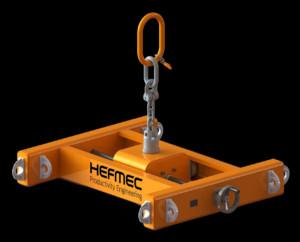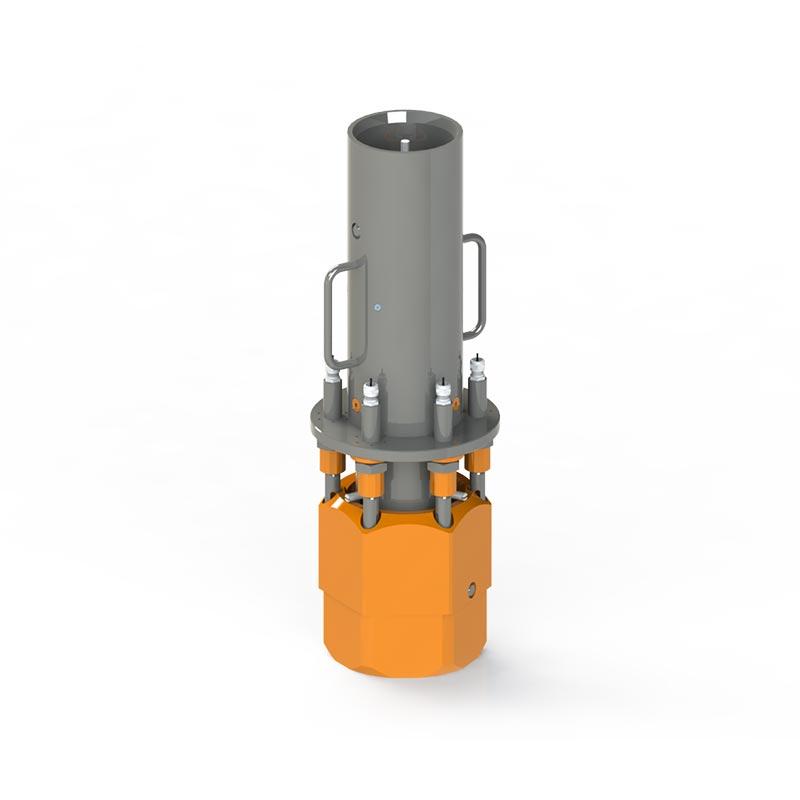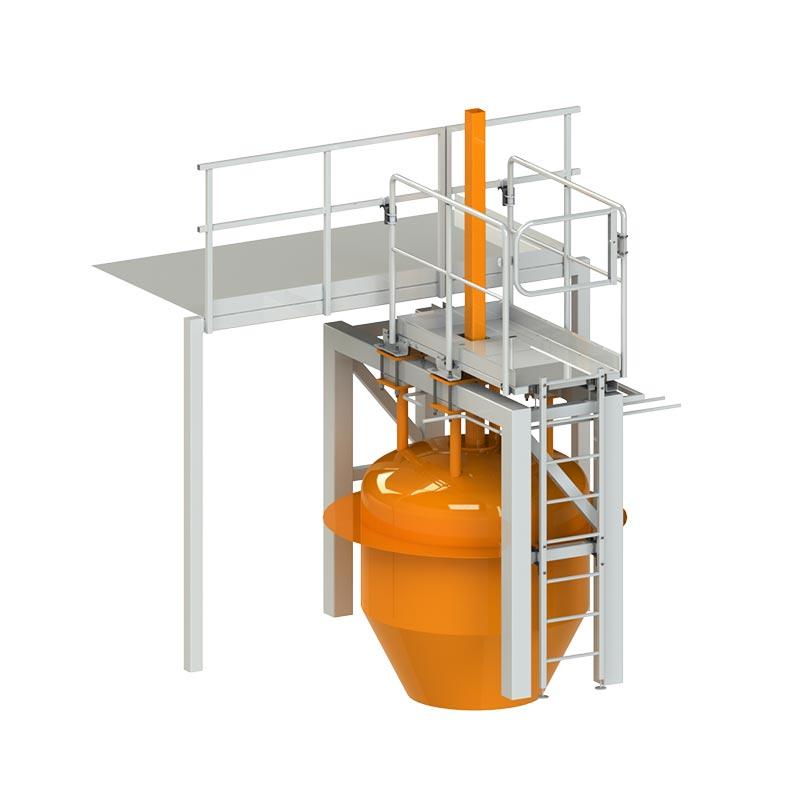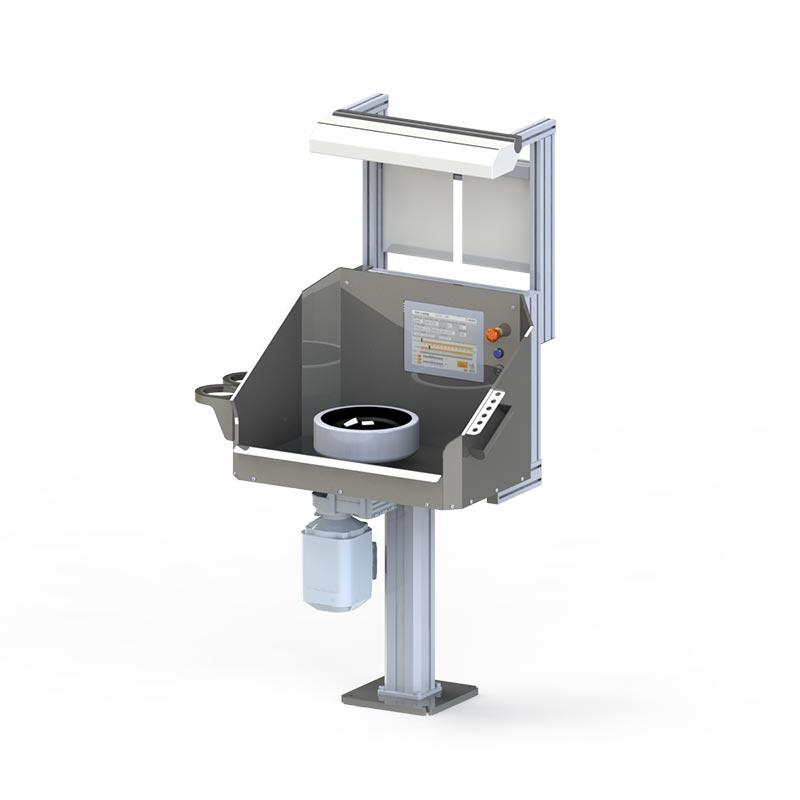Regular and professional maintenance is an effective way to manage the total cost of ownership of industrial equipment over its life cycle. Correctly timed maintenance extends equipment life, reduces unexpected downtime and lowers energy consumption. Modern maintenance services use technology, predictive diagnostics and data analytics to optimise maintenance activities, maximise the return on equipment investments and minimise total lifecycle costs.
What are the life cycle costs of equipment and what do they consist of?
The life-cycle costs of industrial equipment consist of a number of different factors that affect the overall cost from the purchase of the equipment to its decommissioning. Acquisition costs are only the tip of the iceberg – typically only 20-30% of the total cost comes from the initial investment.
The most significant cost items in life cycle costs are:
- Acquisition costs (purchase price, installation, commissioning)
- Operating costs (energy, raw materials, staff)
- Service and maintenance costs (preventive maintenance, repairs, spare parts)
- Decommissioning costs (dismantling, recycling, disposal)
In Hefmec’s view, the key to managing total cost of ownership is a holistic life cycle approach. By looking at costs over the long term, it is possible to identify the critical points where cost-effective maintenance will deliver the greatest savings. For industrial equipment, operating costs and maintenance often account for 70-80% of total life cycle costs, making these areas particularly important for optimisation.
How does proactive maintenance affect the lifetime of equipment?
Predictive maintenance is based on the idea that equipment failures are detected and repaired before they cause malfunctions or stop production. This approach has a significant impact on the technical lifetime of equipment.
The key principles of predictive maintenance are:
- Systematic condition monitoring and regular inspections
- Replacing wearing parts at the optimum stage
- Cleaning and lubricating equipment according to schedule
- Early identification of potential faults through measurements
Effective preventive maintenance can typically extend the lifetime of equipment by 20-40%. This is based on preventing premature wear, minimising downtime and avoiding failure chains where one broken component damages other parts.
Hefmec’s condition monitoring solutions use modern sensor technology and diagnostics to enable continuous monitoring of equipment condition. This helps to anticipate maintenance needs and target interventions at the right time, maximising uptime and cost-effectively extending life cycles.
How often should industrial equipment be serviced to minimise costs?
Optimal maintenance intervals are a key factor in planning cost-effective maintenance. Too frequent a maintenance interval will unnecessarily increase maintenance costs, while too infrequent a maintenance interval will increase the risk of unexpected failures and production stoppages.
When determining the maintenance intervals, the following should be taken into account:
- Criticality of the device in the production process
- Manufacturer’s recommendations and conditions of use
- Collected information on actual wear and tear and failure history of the equipment
- Seasonal variations in production and the timing of maintenance
At Hefmec Maintenance Services, we use data analytics to optimise maintenance plans. By analysing equipment operating history, failure patterns and production process requirements, we can tailor maintenance programmes that balance uptime and cost-effectiveness.
In our customers’ experience, intelligently optimised maintenance intervals can deliver savings of up to 15-25% in maintenance costs compared to standard maintenance schedules, while improving reliability.
What savings can professional maintenance make compared to in-house maintenance?
The benefits of outsourced and professional maintenance compared to an in-house maintenance organisation can be seen on many levels. Cost savings often come in the form of both direct and indirect benefits.
The key benefits of professional maintenance are:
- Specialised expertise in the maintenance of various equipment and systems
- Up-to-date information on best maintenance practices and technologies
- Powerful diagnostic tools and measuring equipment
- The ability to identify problems quickly, based on experience
- Cost-effective use of resources (no need to maintain a permanent maintenance staff)
Hefmec’s professional service staff brings to our customers the specialised knowledge developed from working with hundreds of different types of industrial equipment. This experience and expertise allows for faster troubleshooting, more efficient repairs and better anticipation of potential problems.
Typically, professional outsourced maintenance can deliver savings of 10-30% compared to an in-house maintenance organisation, especially for equipment requiring specialist skills. In addition, improved reliability reduces production downtime, which brings significant indirect savings.
The role of maintenance services in sustainable development and cost savings
Strategic maintenance not only reduces life cycle costs but also contributes to sustainable development. Well-maintained equipment consumes less energy, produces less waste and has a longer lifespan, reducing the need for new equipment.
Sustainability and cost savings are combined in maintenance in the following ways:
- Reduced energy consumption thanks to optimised operation
- Material efficiency through the reuse of refurbished parts
- Longer lifetime, reducing the need for equipment replacement
- Reduced environmental risk by preventing spills and emissions
- More efficient recycling and reuse of materials as part of life cycle management
Hefmec’s maintenance services combine economic and environmental considerations. We offer our customers solutions that extend the life of their equipment, reduce energy consumption and maximise the reuse of materials.
The action plan for optimising maintenance processes in terms of both cost and environmental impact includes:
- Analysis of the current maintenance strategy and identification of areas for improvement
- Defining critical points for maintenance from both an economic and environmental perspective
- Improving the collection and analysis of data to support decision-making
- Optimising maintenance programmes to minimise the use of resources
- Continuous measurement and improvement, both in terms of cost savings and environmental impact
By combining the principles of sustainability and cost-efficiency, significant competitive advantages can be achieved in modern industry – while reducing the environmental impact of industrial activities.









